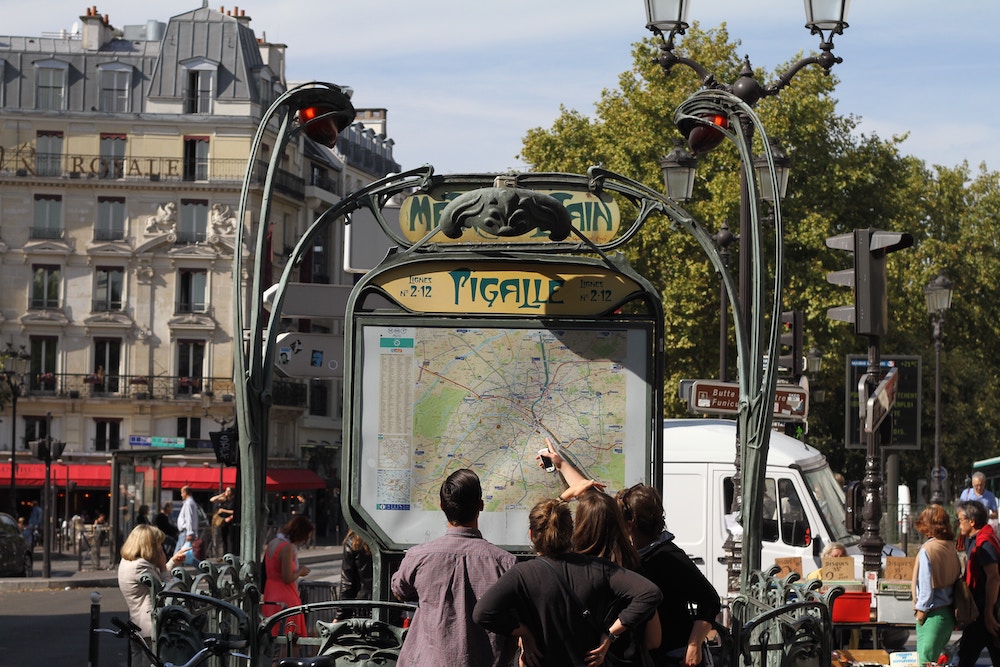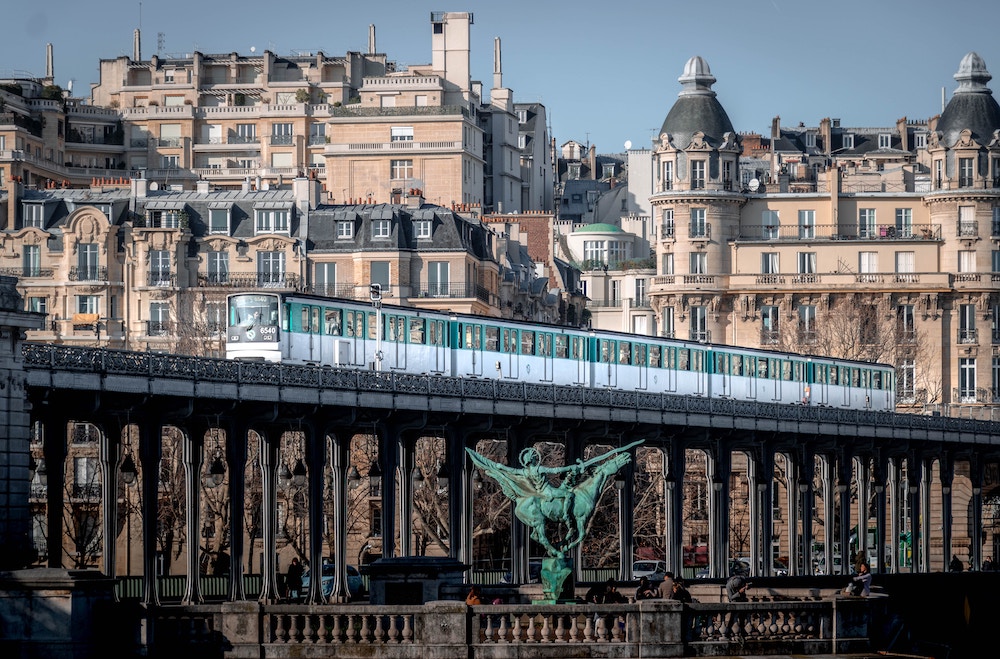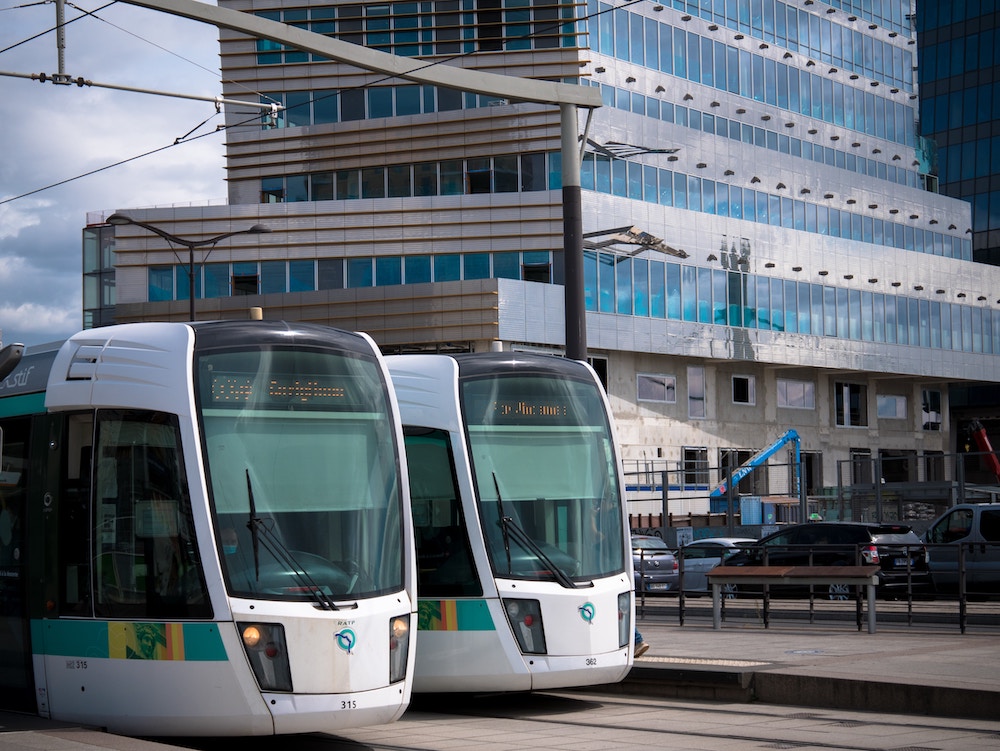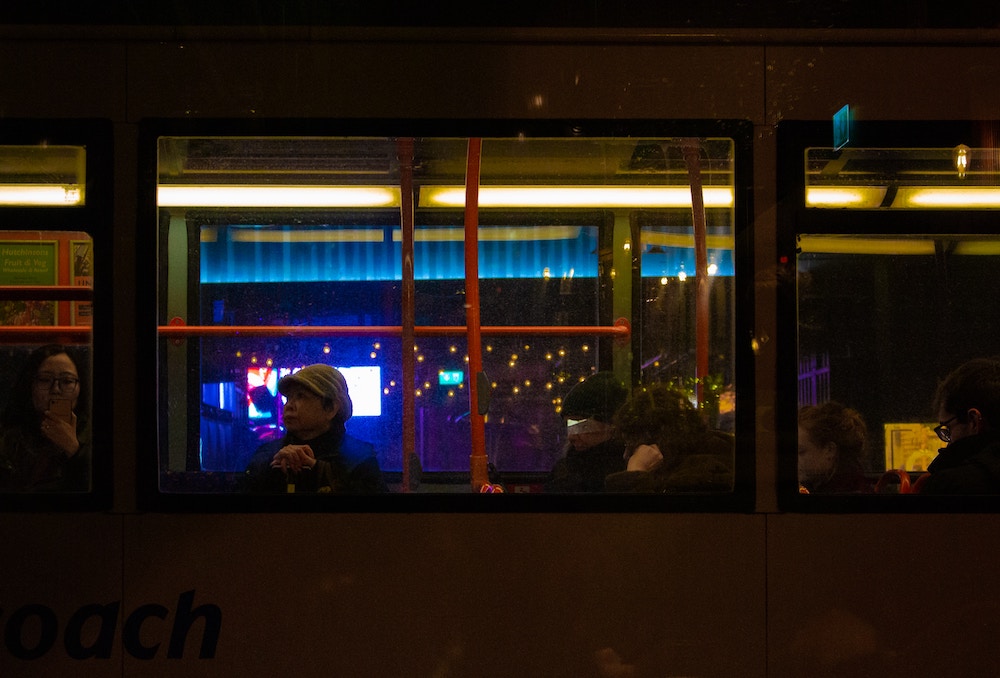As one of the biggest major cities in the world, navigating public transport in Paris is quite a feat. The French capital offers all sorts of modes of transportation, ranging from the famous métro system to its widely unknown tramway. Don't forget about the buses and taxis too. You'll find them practically everywhere in the city. Simply put, the more you're familiar with public transport in Paris, the more you'll have an easier time in the city. And before long, you'll know how to get to your destination in no time!





One of the best ways to ensure that you have as easy a time in Paris as possible is to familiarize yourself with its public transport. Since the French capital is a big city, it also has fairly complex public transport systems.

What Transit Passes Do You Need?
As with any other city, Paris offers its own transit passes to make commuting that much easier. The most famous among them is the Paris Visite Pass, which allows unlimited access to the métro, tramway, and the RER network. Depending on which one you get, the card is valid for at least 1 to 5 consecutive days. But if that isn't enough, you can always go for the Navigo Easy card. This is what most locals use and it's a rechargeable transit pass that lets you board the métro specifically. Instead of lining up to buy a ticket, you can just recharge this card and you're good to go!Taking The Paris Métro
Speaking of the Paris métro, it's no secret that this is the easiest and most popular way to go around. It's an underground system that travels through all the neighborhoods in Paris. Each ticket only costs €1.90 so it's also among the most affordable ways to get around. With no traffic to get in the way, the métro is usually your best bet to get to your destination on time. Just make sure you're in the right line direction. You'll see it on the signs shown at every station. You'll know which line it is by its last stop.
The Réseau Express Régional (RER)
Apart from the more famous underground métro, there's also the Réseau Express Régional (RER) system, which serves both the city of Paris and most of the Ile-de-France region. Most notably, this is what most locals who live in the Paris suburbs take to get home. If you didn't know, the Paris suburbs are family-friendly neighborhoods in Paris that aren't as busy as the French capital itself. And thanks to the RER, the ones who live here get to travel to or even work in Paris in their day-to-day lives. And one of the best parts is that it runs practically all day. Specifically from 6:00 am in the morning to 12:45 am the following day.The Paris Tramway System
You probably didn't know that Paris had its own tramway system, didn't you? It's alright. It's possible that not even a good number of local Parisians know about it too. The Paris tramway system is perhaps the most limited out of all the modes of public transportation in the city. It only has four lines and only travels to a handful of areas within Paris and the Ile de France region. Its most famous area is the 19th Arrondissement, and from here, you can go to the Paris suburbs and beyond. As for its tickets, the system uses the same as those used in the RER.
Riding The Bus
Another great option for public transport in Paris is to take the bus. Especially since the city has a lot of lines on offer. There are 64 lines that run alongside the metro, following its same routes, and plenty of others that go to various parts of the city. What's great about the buses is that you're sure to find one line that goes to your destination, wherever that may be. As opposed to the métro, RER, and tramway which have routes that are more rigid. Moreover, almost half of the bus lines also operate during the weekends and holidays.What is The Noctilien?
Perhaps the biggest problem with the buses in Paris is that they rarely operate late. Much like the other transit systems, they stick to rigid schedules which mostly end around the afternoon and early evenings. But what about those who travel at nighttime? How will they get around Paris? Well, fortunately, there's still the Noctilien, a night bus service that operates in both the French capital parts of the Ile de France region. They start around 12:30 am and end at 5:30 am. Though it only has 47 lines, they still travel to different areas within Paris and the suburbs.
The Parisian Taxis
When all else fails, you can always take a taxi. But this is the most challenging public transport system to take on. Not only does it have considerably fewer stops and stations compared to the buses in Paris, but there's also no guarantee that there will be taxis waiting for you there. Oftentimes, your best bet is to go to the more popular areas, say the Eiffel Tower in the 7th arrondissement, because crowded places like these always draw taxis. Additionally, taxis are arguably the most expensive way to get around. The meter starts at €2.20 and the minimum fare is commonly €6.00.Tips to Remember
You'd do well to follow a few travel tips when you navigate public transport in Paris. Firstly, always be secure with your belongings. As beautiful of a city as Paris is, it's not necessarily the safest one out there. The Métro, in particular, is notorious for having a lot of pickpockets and the like. Secondly, you'd also benefit from downloading transportation apps on your phone. Though using ride-hailing apps tends to be pricey, they're often the best alternative when something happens to the other modes of public transportation in Paris. You're also guaranteed to be safe when you book a ride with them.
One of the best ways to ensure that you have as easy a time in Paris as possible is to familiarize yourself with its public transport. Since the French capital is a big city, it also has fairly complex public transport systems.




